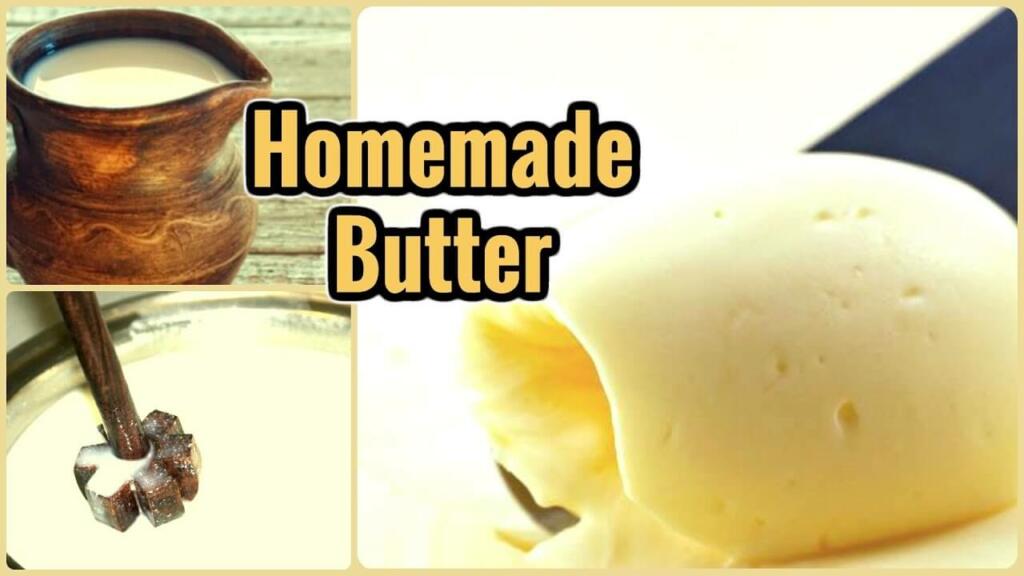Butter Is Separated from Milk By Which Process: Explanation
Learn about the fascinating process of separating butter from milk in ‘Butter Is Separated from Milk By.’ In this delightful dairy journey, discover the simplicity and magic of this age-old culinary practice.
Butter Is Separated from Milk By
Butter Is Separated from Milk By Churning is the process of separating butter from milk. This method involves vigorously shaking or agitating the cream made from milk until the fat globules coalesce and separate from the buttermilk. Churning changes the physical structure of the cream, causing fat molecules to cluster together and form a semi-solid mass known as butter. The method has been used for centuries and is still used in traditional butter production.
To begin the churning process, the cream is usually allowed to sit for a short period of time, allowing the fat to rise to the surface and form a layer that can be easily skimmed off. This cream is then placed in a churn, which is a container designed to aid in the agitation process. The churn could be as simple as a container with a lid and a handle or as complex as a mechanical device. The cream is vigorously agitated as the churn is turned on, causing the fat globules to collide and merge, eventually forming larger clumps that separate from the buttermilk.
Also Read: Peacock Feminine Gender: Points to Remember for Class 7-8
The fat globules break down and the membranes surrounding them are disrupted during churning, releasing the fat and allowing it to stick together. This process results in the formation of butter granules, while the remaining liquid is buttermilk, which is frequently drained and reused. The constant churning action also removes excess liquid from the developing butter, resulting in a firmer and more cohesive product.
The butter begins to solidify and the buttermilk separates more and more as the churning process goes on. After taking the butter out of the churn, it is usually rinsed with cold water to get rid of any leftover buttermilk. After that, the butter is frequently kneaded or formed into blocks or rolls to improve its texture and prolong its storage life.
Butter is separated from milk by churning has mostly been superseded in contemporary industrial settings by mechanical methods that can produce butter on a much larger scale. Nonetheless, some artisanal and small-scale production settings continue to use the traditional churning method because it permits a more hands-on approach and frequently results in a product with a distinctive, rich flavor and texture.
